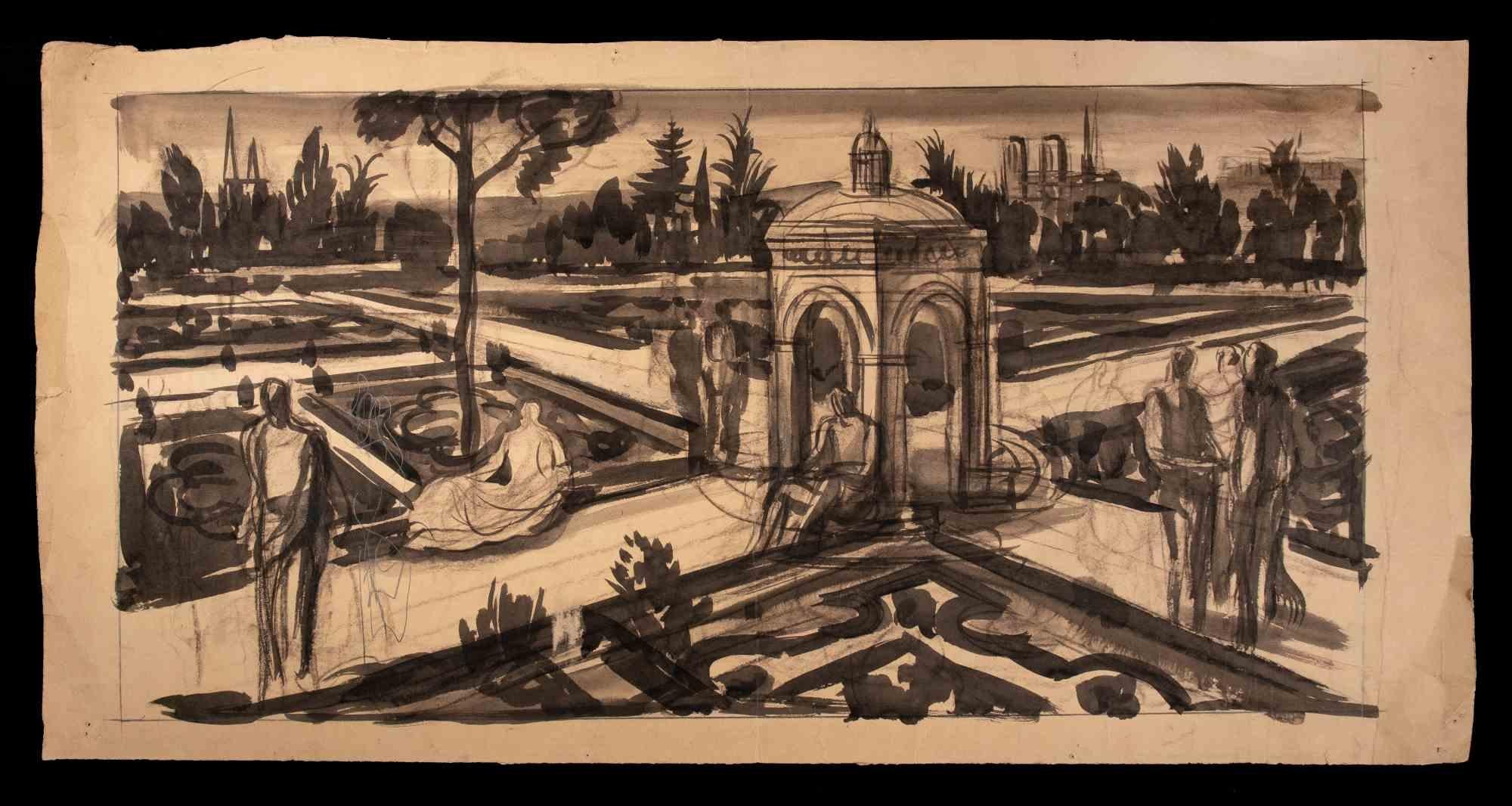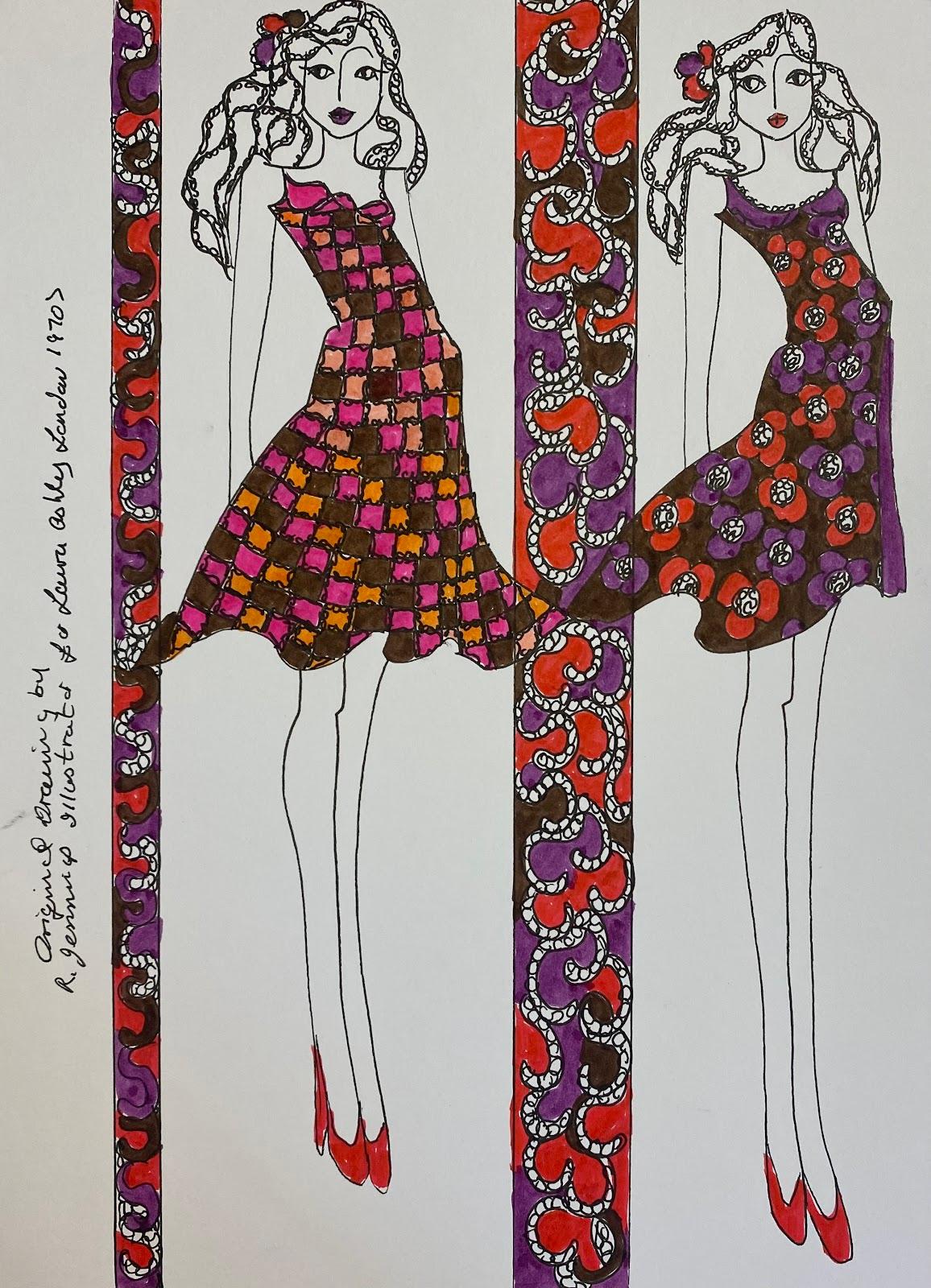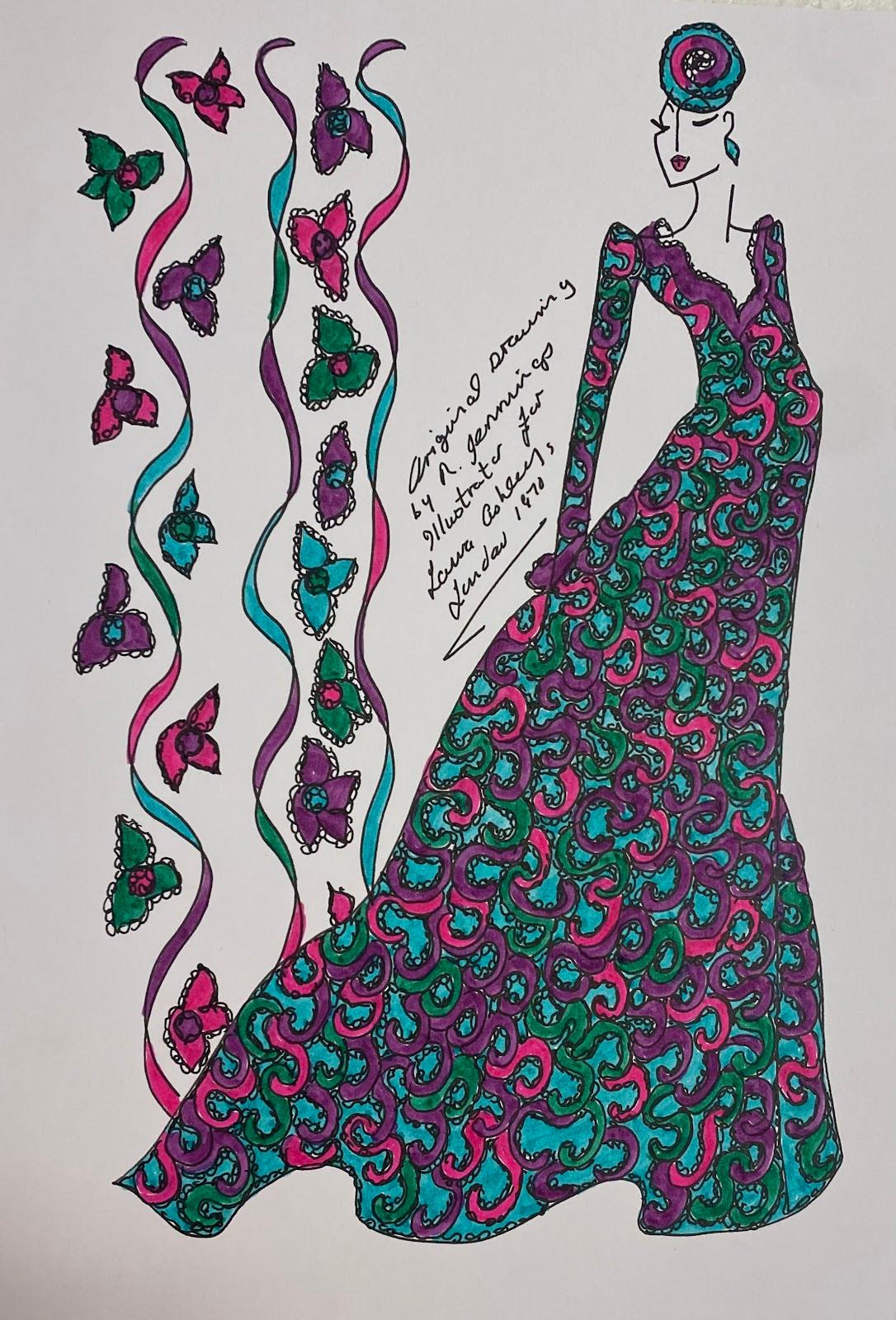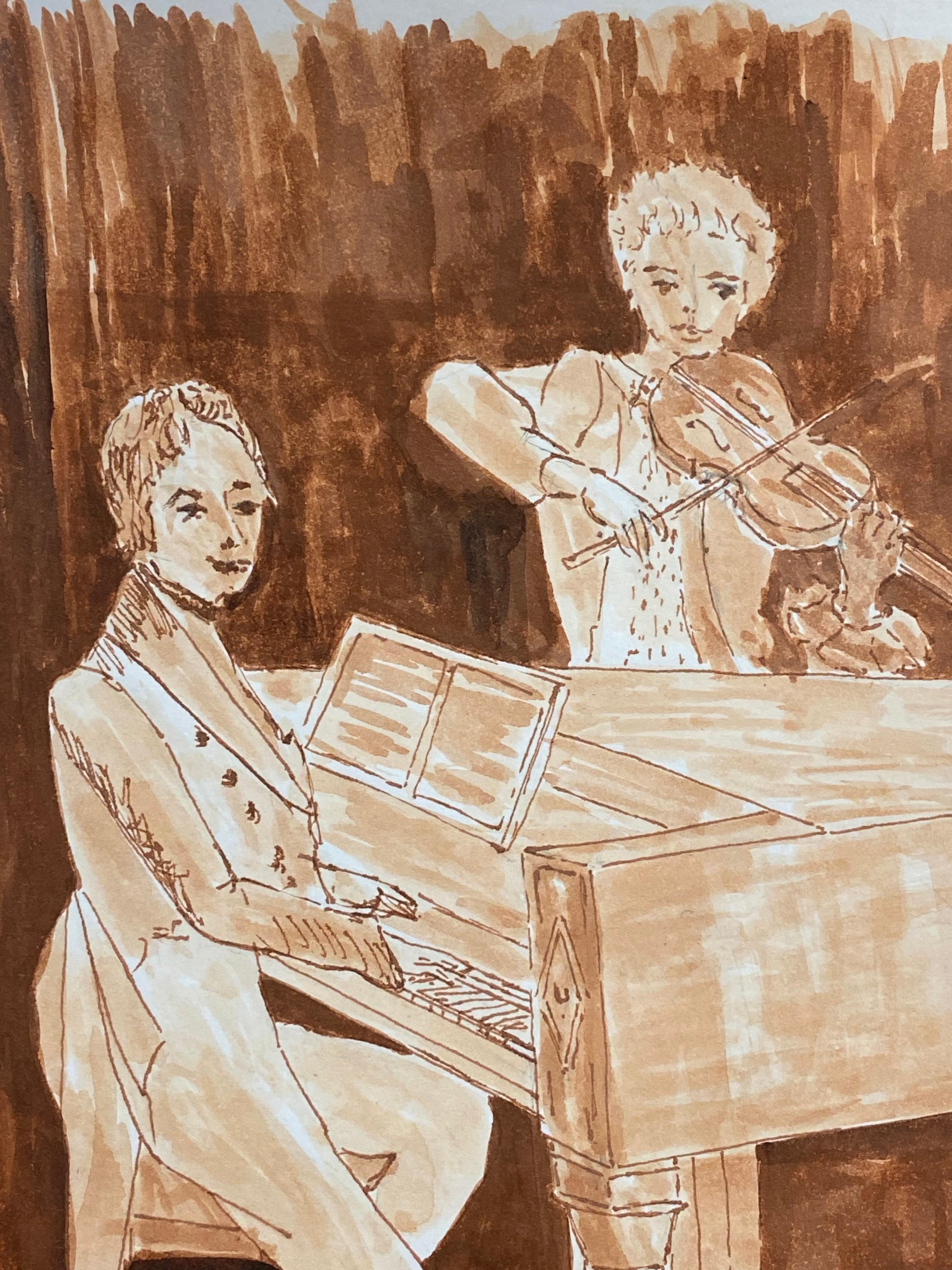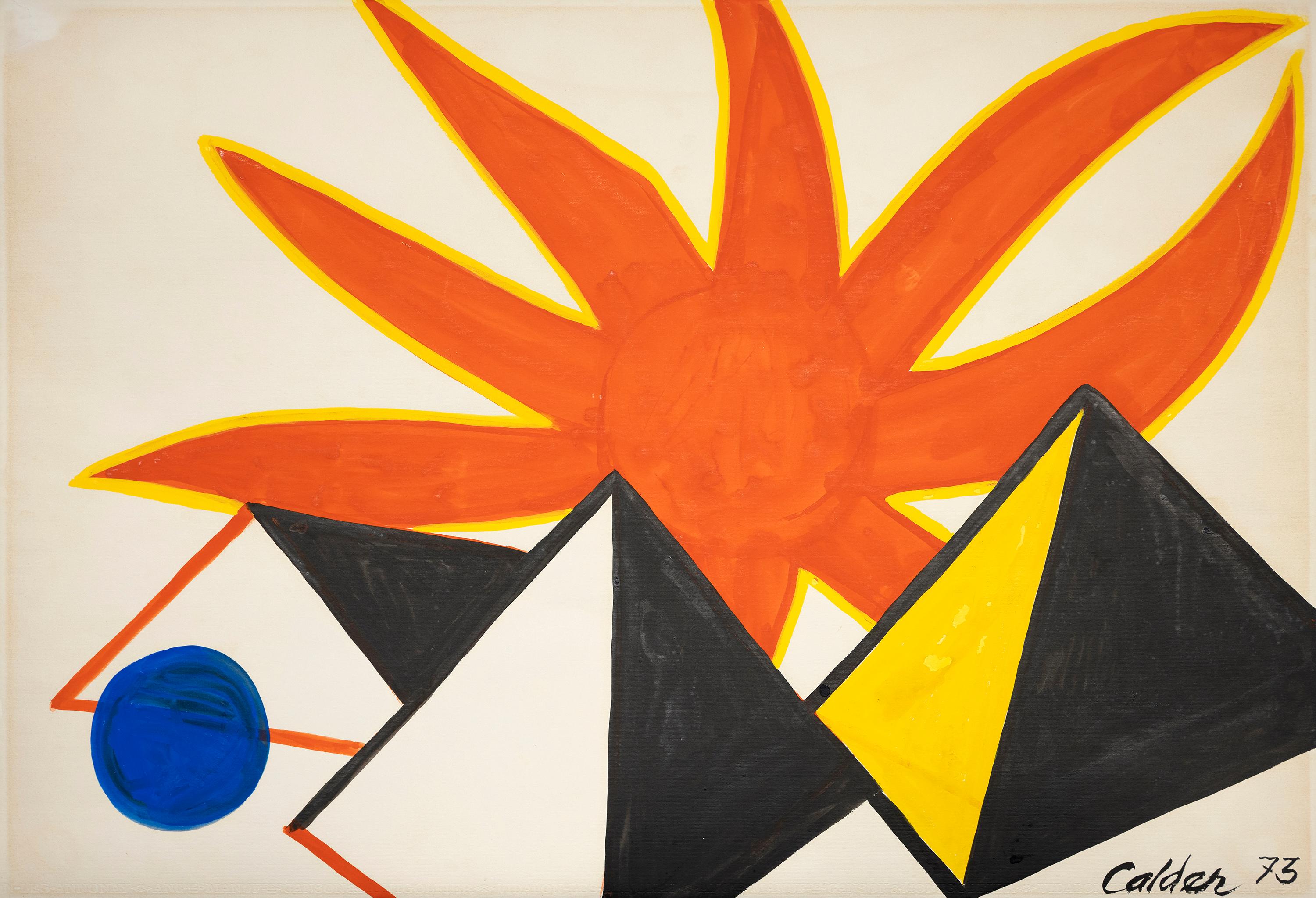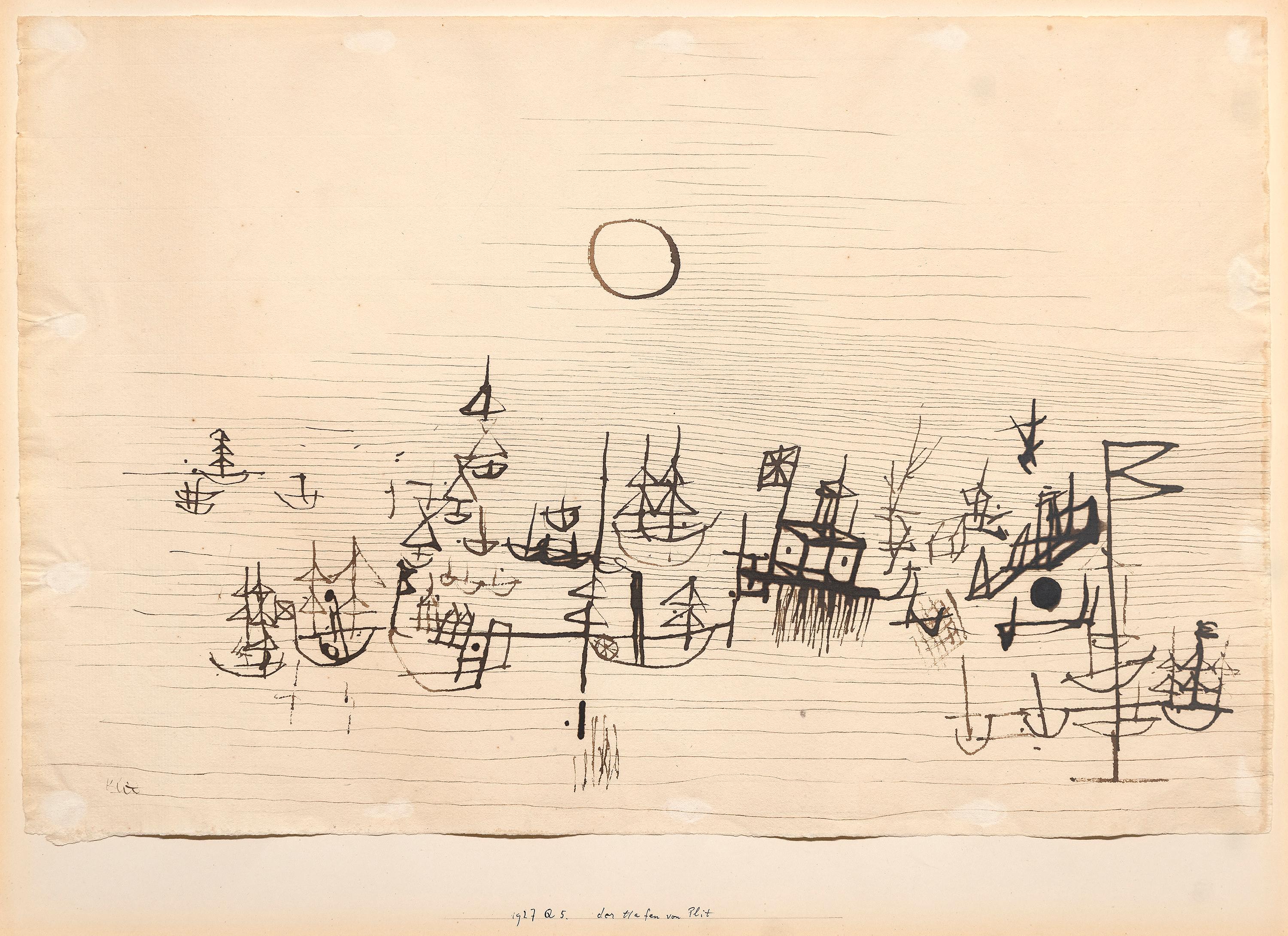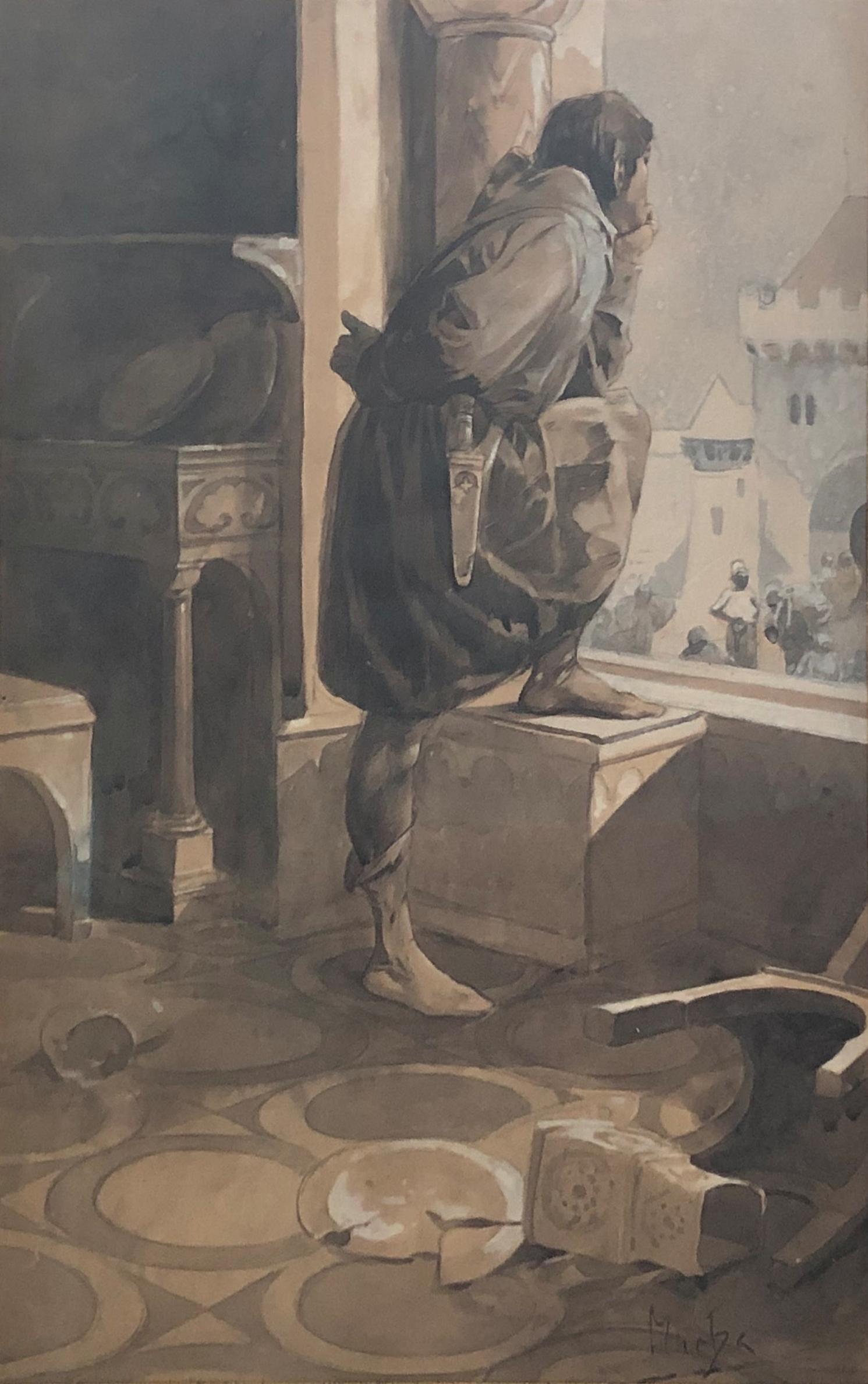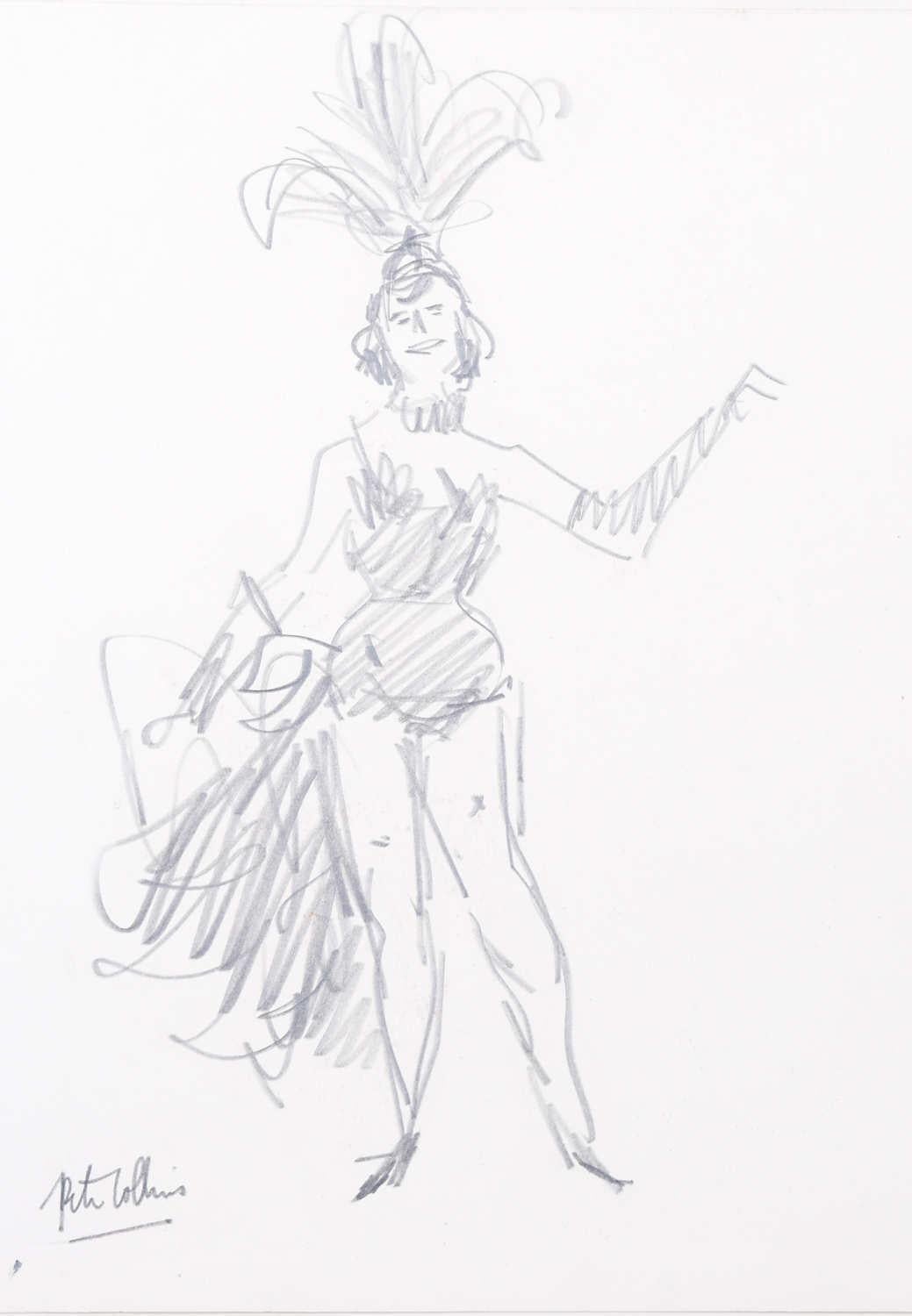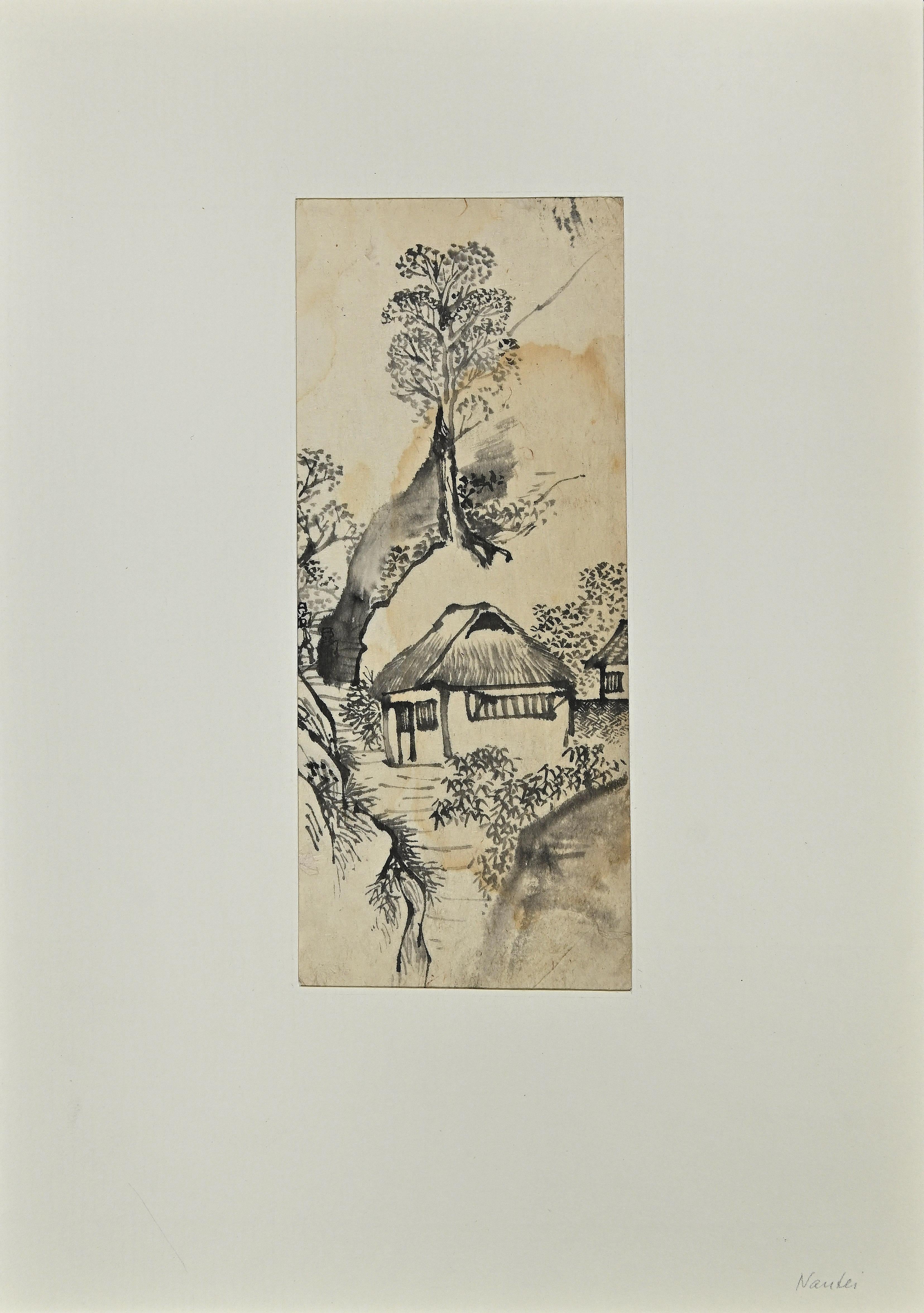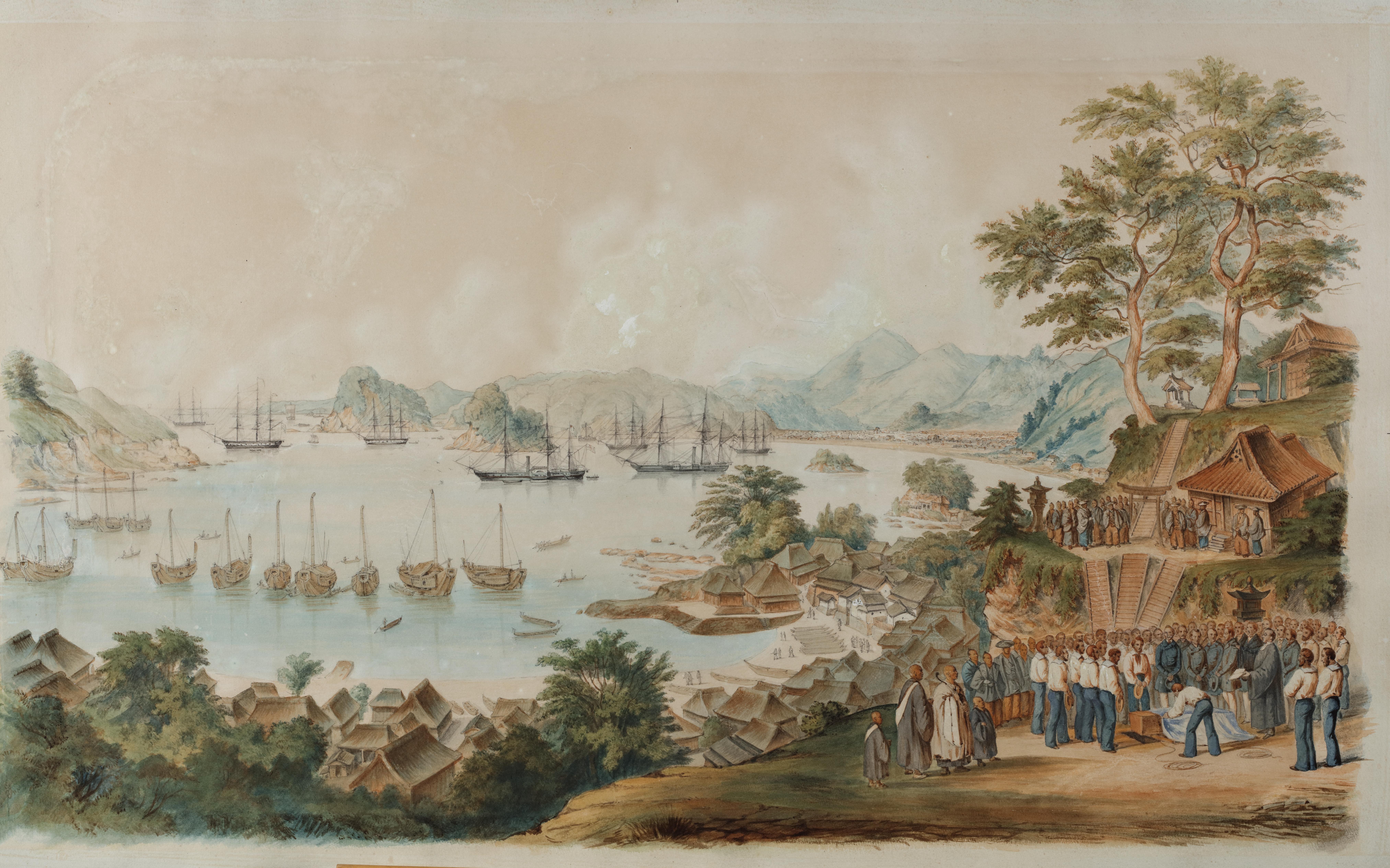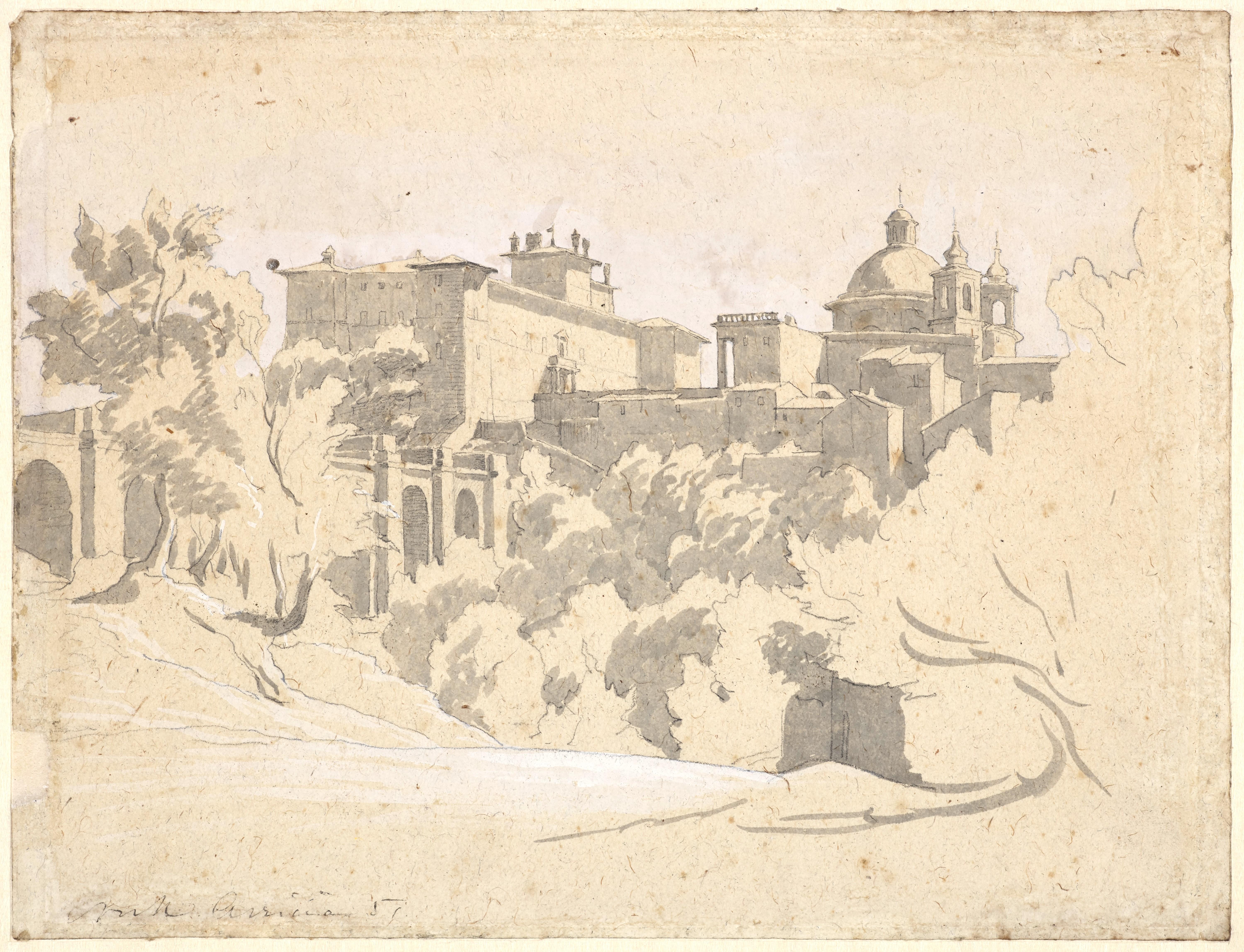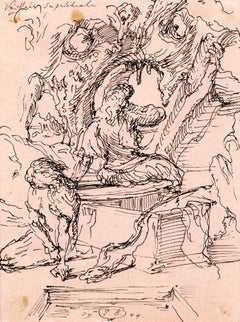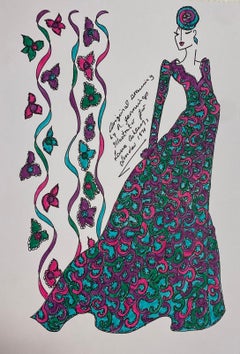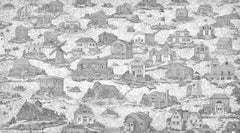
Ponte Salario, Rome
View Similar Items
Want more images or videos?
Request additional images or videos from the seller
1 of 3
UnknownPonte Salario, Romec. 1600-1700
c. 1600-1700
About the Item
- Creation Year:c. 1600-1700
- Dimensions:Height: 5.63 in (14.31 cm)Width: 7.82 in (19.87 cm)
- Medium:
- Period:
- Condition:
- Gallery Location:Fairlawn, OH
- Reference Number:Seller: FA84531stDibs: LU140122842
About the Seller
5.0
Recognized Seller
These prestigious sellers are industry leaders and represent the highest echelon for item quality and design.
Platinum Seller
These expertly vetted sellers are 1stDibs' most experienced sellers and are rated highest by our customers.
Established in 1978
1stDibs seller since 2013
713 sales on 1stDibs
Typical response time: 1 hour
Associations
International Fine Print Dealers Association
More From This SellerView All
- Untitled (Hot Air Baloon Ascent and Spectators)By Joseph O'SickeyLocated in Fairlawn, OHUntitled (Hot Air Balloon Ascent and Spectators) Sepia wash on wove paper, 1985 Signed and dated in ink lower right corner From the artist's 1985 sketchbook Probably a view of Cape C...Category
1980s American Modern Landscape Drawings and Watercolors
MaterialsInk
- MinneapolisBy Adolf DehnLocated in Fairlawn, OHNote: Dehn was born in Minnesota. He attended the Minneapolis Institute of Art. This work is a view of the Stone Arch Bridge in Minneapolis with the Pillsbury "A"-Mill in the backg...Category
1930s American Realist Landscape Drawings and Watercolors
MaterialsInk
- Veillee Sepulchrale; Verso: Study of two figures in a landscapeBy Eugene BermanLocated in Fairlawn, OHVeillee Sepulchrale Verso: Study of two figures in a landscape Pen and ink on rose colored Canson watermark paper, 1944 Signed in ink with the artist's initials lower center (see photo) Dated 1944 lower center; Titled in ink upper left corner (see photo) Provenance: Swann Galleries, 2010, realized $900. John Popplestone (1928-2013), Akron, OH collector, noted psychologist and author Berman brothers (painters) From Wikipedia, the free encyclopedia Jump to navigationJump to search This article is about the painters. For the American songwriters/producers, see Berman Brothers (producers). Eugene Berman in Italy in the 1960s Eugène Berman (Russian: Евгений Густавович Берман; 4 November 1899, Saint Petersburg, Russia – 14 December 1972, Rome) and his brother Leonid Berman (1896 – 1976[1]) were Russian Neo-romantic painters and theater and opera designers. Contents 1 Early years 2 Later years and death 2.1 Works 3 Legacy 4 See also 5 References Early years Born in Russia, the Bermans fled the Russian revolution in 1918. In Paris the Bermans exhibited at the Galerie Pierre where their work earned them the name "Neo-Romantics" for its melancholy and introspective qualities, having taken inspiration from the Blue Period paintings of Pablo Picasso. Other Neo-Romantic painters were Christian Bérard, Pavel Tchelitchev, Kristians...Category
1940s Surrealist Landscape Drawings and Watercolors
MaterialsPen, Ink
- Mountain LandscapeBy Hijikata ToreiLocated in Fairlawn, OHInk and gold on paper silk mounted to hanging scroll Brush wash scroll Signed Torei sha, sealed Hirokuni and Torei Painting size: 42 x 16" Scrol...Materials
Sumi Ink
- untitled (Yellow Adobe Building with Bell)By William GrauerLocated in Fairlawn, OHEstate Stamp Lower LeftCategory
20th Century Landscape Drawings and Watercolors
MaterialsWatercolor, Ink
- untitled (Pueblo)By Virginia DehnLocated in Fairlawn, OHUntitled (Taos Pueblo) Ink on paper, 1985-1990 Signed by the artist in ink lower right (see photo) An early New Mexico period work, created shortly after the artist moved from New York. Provenance: estate of the artist Dehn Heirs Condition: Excellent Image/sheet size: 13 1/8 x 18 1/2 inches Virginia Dehn From Wikipedia, the free encyclopedia Virginia Dehn Virginia Dehn in her studio in Santa Fe Virginia Dehn (née Engleman) (October 26, 1922 – July 28, 2005) was an American painter and printmaker. Her work was known for its interpretation of natural themes in almost abstract forms. She exhibited in shows and galleries throughout the U.S. Her paintings are included in many public collections. Life Dehn was born in Nevada, Missouri on October 26, 1922.] Raised in Hamden, Connecticut, she studied at Stephens College in Columbia, Missouri before moving to New York City. She met the artist Adolf Dehn while working at the Art Students League. They married in November 1947. The two artists worked side by side for many years, part of a group of artists who influenced the history of 20th century American art. Their Chelsea brownstone was a place where artists, writers, and intellectuals often gathered. Early career Virginia Dehn studied art at Stephens College in Missouri before continuing her art education at the Traphagen School of Design, and, later, the Art Students League, both located in New York City. In the mid-1940s while working at the Associated American Artists gallery, she met lithographer and watercolorist Adolf Dehn. Adolf was older than Virginia, and he already enjoyed a successful career as an artist. The two were married in 1947 in a private ceremony at Virginia's parents house in Wallingford, Connecticut. Virginia and Adolf Dehn The Dehns lived in a Chelsea brownstone on West 21st Street where they worked side by side. They often hosted gatherings of other influential artists and intellectuals of the 20th century. Among their closest friends were sculptor Federico Castellón and his wife Hilda; writer Sidney Alexander and his wife Frances; artists Sally and Milton Avery; Ferol and Bill Smith, also an artist; and Lily and Georges Schreiber, an artist and writer. Bob Steed and his wife Gittel, an anthropologist, were also good friends of the Dehns. According to friend Gretchen Marple Pracht, "Virginia was a glamorous and sophisticated hostess who welcomed visitors to their home and always invited a diverse crowd of guests..." Despite their active social life, the two were disciplined artists, working at their easels nearly daily and taking Saturdays to visit galleries and view new work. The Dehns made annual trips to France to work on lithographs at the Atelier Desjobert in Paris. Virginia used a bamboo pen to draw directly on the stone for her lithographs, which often depicted trees or still lifes. The Dehns' other travels included visits to Key West, Colorado, Mexico, and countries such as Greece, Haiti, Afghanistan, and India. Dehn's style of art differend greatly from that of her husband, though the two sometimes exhibited together. A friend of the couple remarked, "Adolf paints landscapes; Virginia paints inscapes." Virginia Dehn generally painted an interior vision based on her feelings for a subject, rather than a literal rendition of it.] Many of her paintings consist of several layers, with earlier layers showing through. She found inspiration in the Abstract Expressionism movement that dominated the New York and Paris art scenes in the 1950s. Some of her favorite artists included Adolf Gottileb, Rothko, William Baziotes, Pomodoro, and Antonio Tapies. Dehn most often worked with bold, vibrant colors in large formats. Her subjects were not literal, but intuitive. She learned new techniques of lithography from her husband Adolf, and did her own prints. Texture was very important to her in her work. Her art was influenced by a variety of sources. In the late 1960s she came across a book that included photographs of organic patterns of life as revealed under a microscope. These images inspired her to change the direction of some of her paintings. Other influences on Dehn's art came from ancient and traditional arts of various cultures throughout the world, including Persian miniatures, illuminated manuscripts, Dutch still life painting, Asian art, ancient Egyptian artifacts...Category
Early 20th Century American Modern Landscape Drawings and Watercolors
MaterialsInk
You May Also Like
- Original Fashion Design Illustration Watercolor Painting Laura Ashley DesignerBy Roz JenningsLocated in Cirencester, GloucestershireOriginal Fashion Design Illustration by Roz Jennings, British watercolor and ink on card, unframed size: 11.75 x 8.25 inches condition: very good A beautifully colorful and characte...Category
Late 20th Century Pop Art Landscape Drawings and Watercolors
MaterialsInk, Watercolor
- Original Fashion Design Illustration Watercolor Painting Laura Ashley DesignerBy Roz JenningsLocated in Cirencester, GloucestershireOriginal Fashion Design Illustration by Roz Jennings, British watercolor and ink on card, unframed size: 11.75 x 8.25 inches condition: very good A beautifully colorful and characte...Category
Late 20th Century Pop Art Landscape Drawings and Watercolors
MaterialsInk, Watercolor
- Contemporary Ink Drawing - Olivia Kemp - All at SeaLocated in London, GBOlivia Kemp’s ink drawings are both intricate and expansive, fruit of an intuitive stream-of-consciousness approach to drawing. She works in pen on paper w...Category
2010s Contemporary Landscape Drawings and Watercolors
MaterialsArchival Ink, Archival Paper
- Temple in the Garden - Drawing - Early 20th CenturyLocated in Roma, ITTemple in the Garden is an original artwork, pencil, watercolor and charcoal on paper. Is not signed and dated but we can attribute the period early 20th Century. It's an evocative...Category
Early 20th Century Modern Figurative Drawings and Watercolors
MaterialsInk, Paper
- 1950's French Modernist/ Cubist Painting signed - Pianist & Violin DuetBy Bernard LabbeLocated in Cirencester, GloucestershireThe Pianist & Violin Duet by Bernard Labbe (French mid 20th century) signed original watercolour/ gouache painting on paper , unframed size: 11.75 x 8.75 inches condition: very good ...Category
Mid-20th Century Modern Figurative Paintings
MaterialsWatercolor, Ink, Gouache
- Three Pyramids + Blue BallBy Alexander CalderLocated in Palm Desert, CA"Three Pyramids + Blue Ball" is a gouache on paper by Alexander Calder. The work is signed in the lower right, "Calder 73”. Although renowned for his innovative and groundbreaking sculptures, Alexander Calder started his artistic career as an abstract painter, preferring to use gouache. What is gouache? Gouache is a water-soluble paint – a type of opaque watercolor. As Calder returned to gouache painting towards the end of his life, he was now armed with a lifetime of experience as a sculptor. He explored the three-dimensional vocabulary of sculptural forms he had developed onto the two-dimensional surface of the paper. Certain shapes and colors recur throughout his gouaches and sculptures. Circles, ovals, and other geometric forms dominate the space. There is the same sense of energy and fluidity. The shapes do not sit on the surface but vibrate giving a feeling of movement in contrast to the static nature of painting. Like his sculpture, Calder’s gouache...Category
1970s Abstract Abstract Drawings and Watercolors
MaterialsPaper, Ink, Gouache
